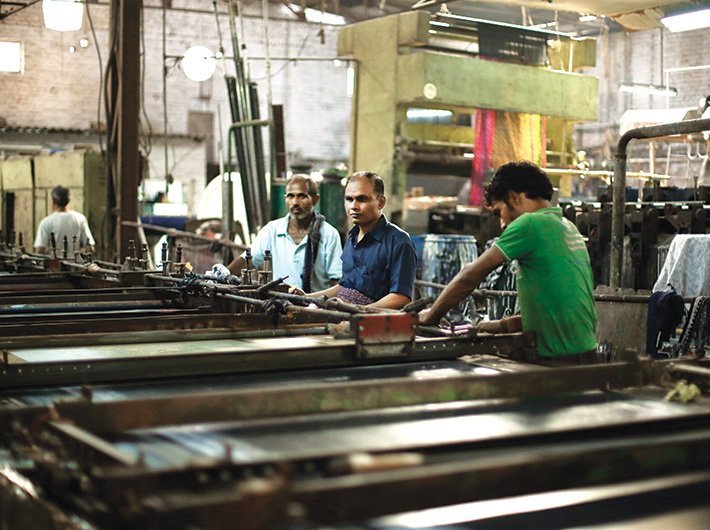Inter-state labour mobility averaged 5-6.5 million people between 2001 and 2011, yielding an inter-state migrant population of about 60 million
New estimates of labour migration in India have revealed that inter-state labour mobility is significantly higher than previous estimates, said the Economic Survey 2016-17 presented by finance minister Arun Jaitley in parliament.
The study based on the analyses of new data sources and new methodologies also shows that the migration is accelerating and was particularly pronounced for females. The data sources used for the study are the 2011 Census and railway passenger traffic flows of the ministry of railways, and new methodologies including the Cohort-based Migration Metric (CMM).
The CMM shows that inter-state labour mobility averaged 5-6.5 million people between 2001 and 2011, yielding an inter-state migrant population of about 60 million and an inter-district migration as high as 80 million. The first-ever estimates of internal work-related migration using railways data for the period 2011-2016 indicate an annual average flow of close to 9 million migrant people between the states. Both these estimates are significantly greater than the annual average flow of about 4 million suggested by successive Censuses and higher than previously estimated by any study.
Read: Needed policy for poor urban migrants
The second finding from this new study is that migration for work and education is accelerating. In the period 2001-2011 the rate of growth of labour migrants nearly doubled relative to the previous decade, rising to 4.5 percent per annum. Interestingly, the acceleration of migration was particularly pronounced for females and increased at nearly twice the rate of male migration in the 2000s. There is also a doubling of the stock of inter-state out migrants to nearly 12 million in the 20-29 year old cohort alone. One plausible hypothesis for this acceleration in migration is that the rewards (in the form of prospective income and employment opportunities) have become greater than the costs and risks that migration entails. Higher growth and a multitude of economic opportunities could therefore have been the catalyst for such an acceleration of migration.
Read: MNREGA money down the drain
Third, and a potentially exciting finding, for which there is tentative but no conclusive evidence, is that while political borders impede the flow of people, language does not seem to be a demonstrable barrier to the flow of people. For example, a gravity model indicates that political borders depress the flows of people, reflected in the fact that migrant people flows within states are 4 times than migrant people flows across states. However, not sharing Hindi as a common language appears not to create comparable frictions to the movement of goods and people across states.
Fourth, the patterns of flows of migrants found in this study are broadly consistent with what is expected – less affluent states see more migration while the most affluent states are the largest recipients of migrants. Fifth, the costs of moving for migrants are about twice as much as they are for goods – another confirmation of popular conception.
Policy actions to sustain and maximise the benefits of migration include: ensuring portability of food security benefits, providing healthcare and a basic social security framework for migrants – potentially through an inter-state self-registration process. While there do currently exist multiple schemes that have to do with migrant welfare, they are implemented at the state level, and hence require greater inter-state coordination.


